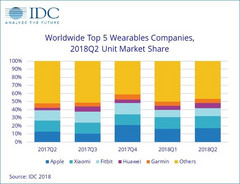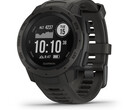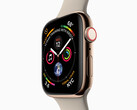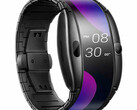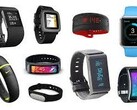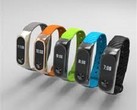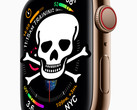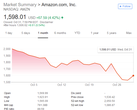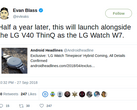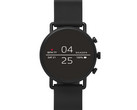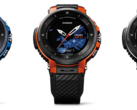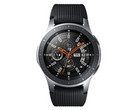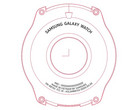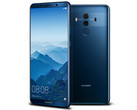The wearables market may be on the decline in North America and Europe, but there’s one place smartwatches and fitness trackers are booming: emerging markets. Wearables saw a 14% increase year over year in emerging markets (such as Latin America and Africa) and a 5.5% increase globally, indicating that wearables still have a place on many people’s wrists.
Apple is still the market leader. The Cupertino-based company shipped 4.7 million units worldwide this past quarter, an increase of 38% from last year. Xiaomi came in a close second, shipping 4.2 million units (up 20% from last year). The biggest mover was Huawei, which saw a staggering 118% jump in wearable shipments compared to Q2 2017. Despite this growth, Huawei’s sales numbers were just over a third of Apple's at 1.8 million.
Fitbit lost big this past year, seeing a decline of 22% year over year. The likely cause is Fitbit’s lack of a competitive device; while the Versa smartwatch has expanded Fitbit’s presence among smartwatch manufacturers, the company’s simple fitness trackers have declined in popularity over the past year.
There’s obviously still a market for smartwatches. Jitesh Ubrani, a senior research analyst for IDC, said that mature Western markets (i.e., the U.S., Europe, and Japan) are seeing a decline in wearable shipments because they are “transitioning to more sophisticated wearables.” This may be true; the buzz generated around the Nubia Alpha, a wearable Android device currently in development, may be a hint of the future of wearables. Additionally, marketing efforts in developing economies have increased sales of simple wearables and cheaper smartwatches. This renewed push in markets like China, Africa, and the Pacific Islands is largely responsible for a 5.5% global growth in the wearables market.




